- Matthew Gomez
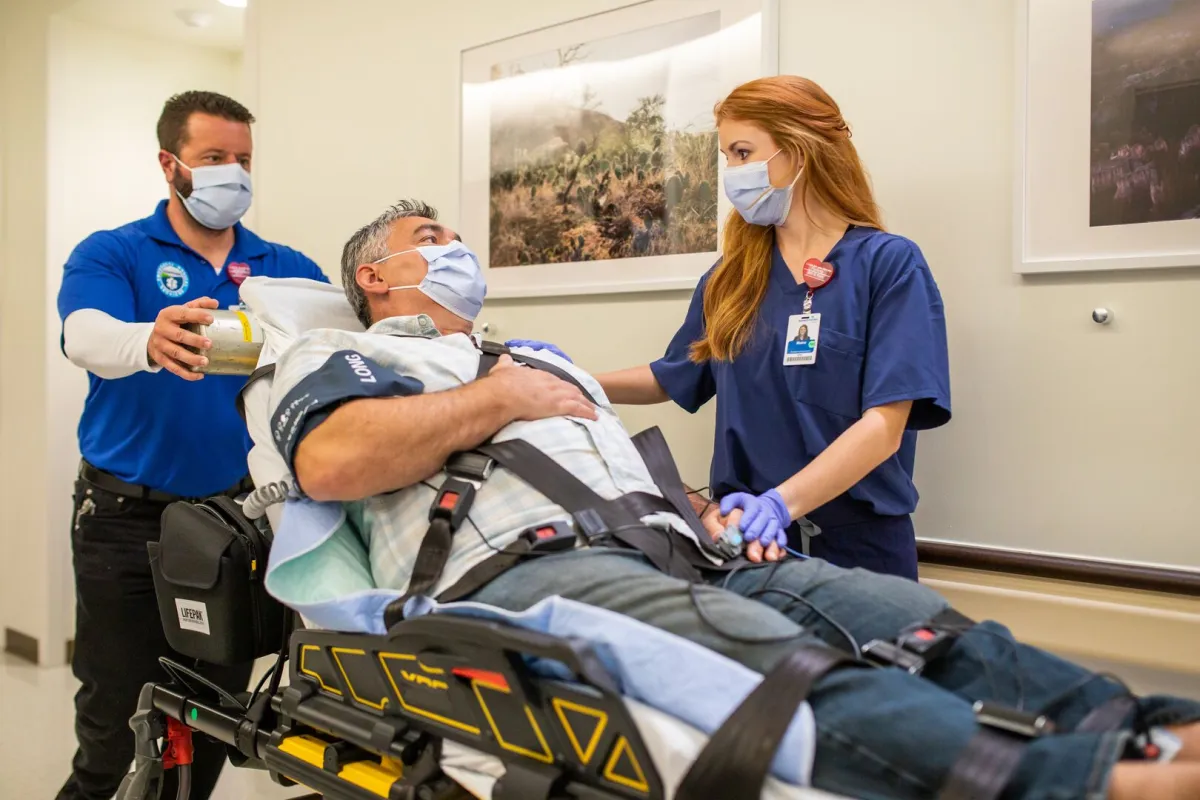
Strokes happen suddenly and often without warning. Knowing the signs and symptoms of stroke, and what to do once you recognize them, can literally save lives.
Dr. Alkesh Brahmbhatt, NeuroScience system emergency department director at AdventHealth Orlando, shares his insights on the signs and symptoms of stroke and how important it is to get to the ER.
What are the signs and symptoms of stroke that would signal that you need to go to the ER?
Whether it’s happening to you or to someone you love, there’s a simple phrase to remember when making a potential stroke diagnosis: B.E. F.A.S.T. Knowing this phrase and the importance of each letter can be the difference between life and death.
B.E. F.A.S.T. stands for Balance, Eyes, Face, Arm, Speech and Time. Has the patient lost balance? Are their eyes clear? Quick checks of these two items could indicate a potential stroke, in which case you should call 911 or go to the emergency room (ER) immediately.
Whether it’s happening to you or to someone you love, there’s a simple phrase to remember when making a potential stroke diagnosis: B.E. F.A.S.T.
Emergency physicians are trained to recognize if a patient is having a stroke when dizziness or other abnormal symptoms are reported. One of the easiest methods for identifying a stroke is known as a F.A.S.T. exam:
- F is for face: What does your face look like? Is it asymmetrical? Is the face drooping?
- A is for arms: Can you move your arms?
- S is for speech: Are you slurring your speech or unable to talk?
- T is for time: How long have you been experiencing these issues? It’s time to call 911 or go to the ER.
Where should patients go if they believe they are having a stroke?
The ER has to be the first place patients who think they are having a stroke need to go. If you’re having a heart attack, you don’t have time to go to your primary physician. You go to the ER so we can use our lifesaving techniques. Same thing with stroke. As soon as you feel you are experiencing the signs and symptoms of stroke, go to the ER or call an ambulance to take you to the ER. The paramedics can start the protocol and alert the ER that you are coming in with slurred speech, dizziness and other subtle signs and symptoms. Once we make those determinations based on the F.A.S.T. exam, we can continue with a stroke protocol.
What can stroke patients expect to experience in the ER?
As soon as we know a stroke is a high probability, there is an immediate protocol: Code Stroke, we call it.
As soon as that happens, the patient is immediately wheeled to a team that’s ready to go with nurses on each side with IVs, doing assessments for signs of stroke. A neurologist will be there on camera observing everything to determine if there is an indication for a stroke treatment right there at the bedside. You can expect an expedited process for stroke because every second or minute of delay could advance that stroke to the point where the patient will be debilitated.
AdventHealth is comprised of free-standing ERs, hospitals and neurosurgical hubs offering specialized care. Free-standing ERs don’t have an admission level, but you can still receive treatment there for stroke. They have the medication necessary to get things started before transferring a patient to a higher level of care.
My job as Neuroscience director is to be the liaison between the ER and the neuroscience field so we can all work together and they all have a voice in the process to make it easier for patients and physicians.
The ER is the ultimate catch-all for all sorts of medical dilemmas. As we tell patients, if you have any doubts – if you’re experiencing pain, dizziness or any uneasiness with your health condition – come to the ER and we’ll make a determination about what the next levels of care may be.
Recent News

Local leaders, officials, and construction workers gathered today to commemorate a major milestone in the expansion underway at AdventHealth Daytona Beach: placing the final steel beam.

Dr. Jeffrey Keen, a board-certified orthopedic surgeon specializing in adult reconstruction, orthopedic surgery, robotic-assisted surgery, and sports medicine, has returned to AdventHealth Medical...
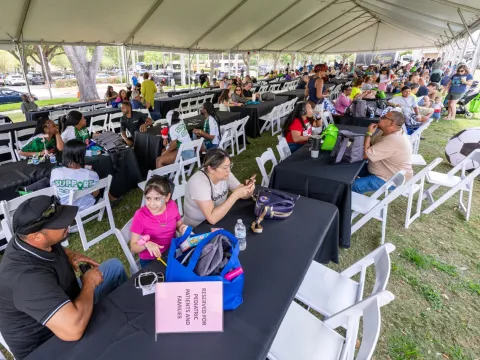
In recognition of National Donate Life Month, nearly 300 transplant patients and their families enjoyed AdventHealth’s 2025 transplant reunion.

According to the National Kidney Foundation, more than 101,000 people are currently on the organ transplant list in need of a new kidney. However, only about 17,000 transplants happen each year —...
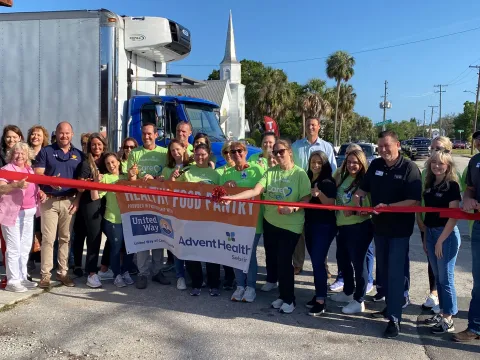
Leaders and volunteers from AdventHealth, United Way of Central Florida, Hands for the Homeless and the community worked together to distribute more than 9400 pounds of food to people in need.

The AdventHealth Board of Directors has appointed David Banks as the organization’s new president/CEO, effective immediately.

In life, Sophie Davis touched dozens of hearts. In passing, one of her organs could possibly save thousands of lives.
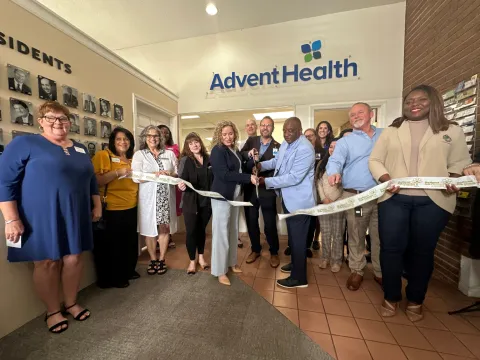
AdventHealth Heart of Florida leaders and members of the Northeast Polk Chamber joined community members for a ribbon cutting on a new addition to the Chamber’s office

As the days get longer and the weather warms up, people are eager to get back to their favorite outdoor spring activities and sports. This transition from winter to spring often leads to an increased...
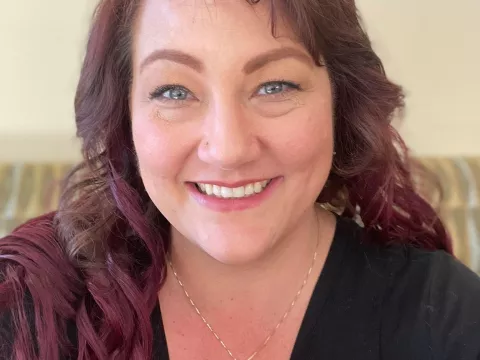
Marie Williams remembers being admitted to AdventHealth Parker on September 1, 2023, for colon resection surgery, but after that, things get hazy.
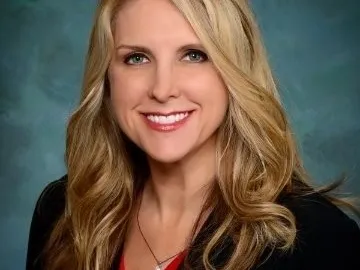
AdventHealth for Children is a nationally recognized children’s hospital and comprehensive care network caring for nearly 200,000 children annually.
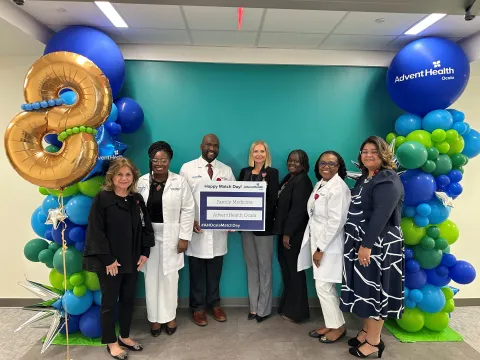
Eight new physicians are joining AdventHealth Ocala’s team to take their next steps to become fully licensed, board-certified family physicians.
